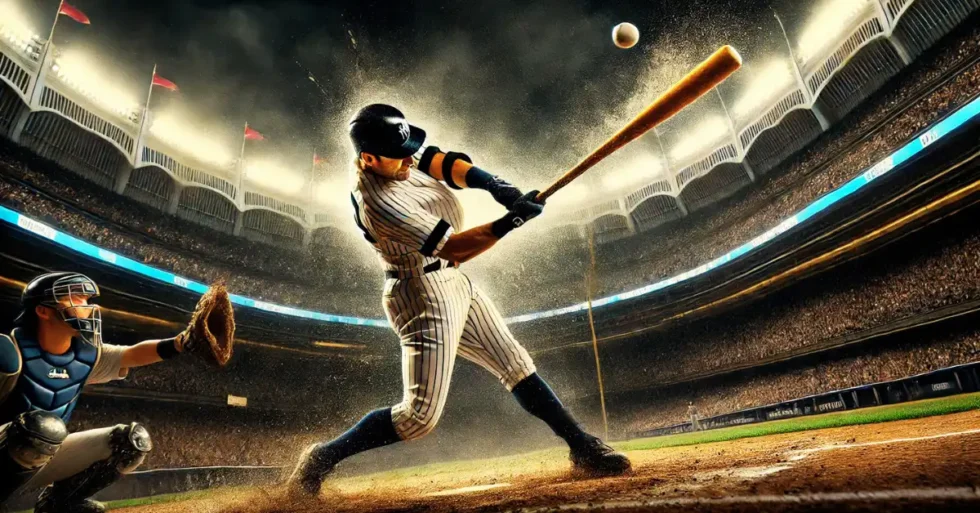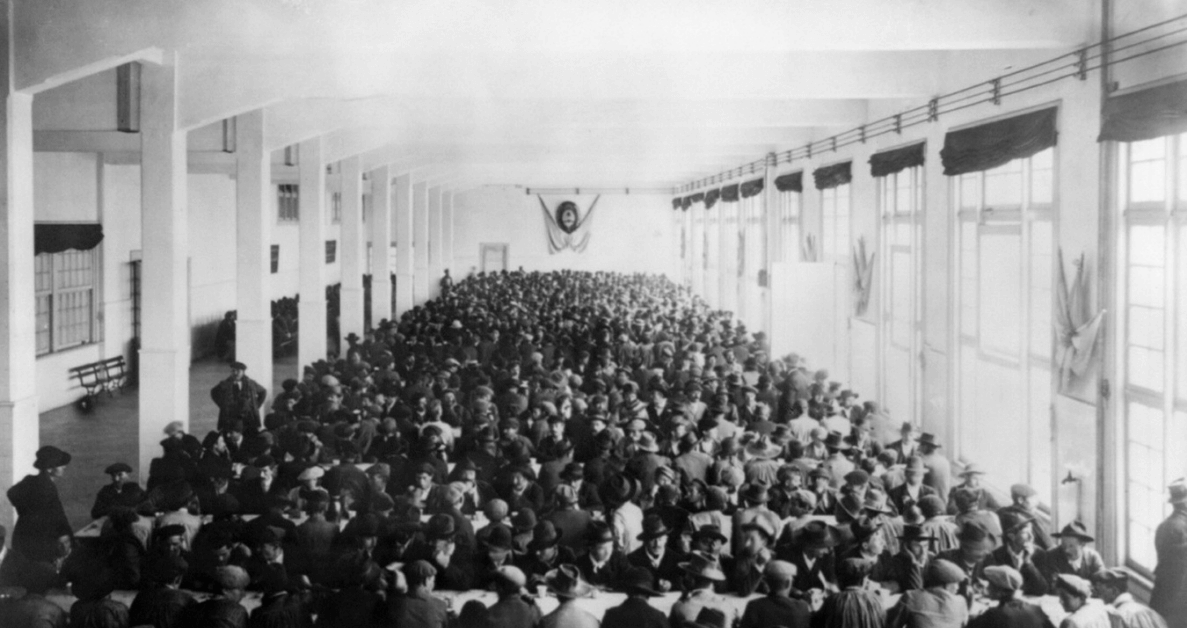
The New York Yankees have stormed into the 2025 season with a record-breaking home run barrage, smashing 15 homers in their first three games. As impressive as this feat is, it has been overshadowed by the sudden rise of a new bat design—the “Torpedo” bat.
Table of Contents
Mentioned by announcer Michael Kay on YES Network, these modified bats have sparked curiosity and controversy. Are they a breakthrough innovation or just a psychological boost? Major League Baseball confirmed that the bats comply with Rule 3.02, meaning they are legal. However, that hasn’t stopped the debate about whether they provide an unfair advantage.
Yankees’ Home Run Barrage
The Yankees set the baseball world on fire during their season-opening homestand. They launched 15 home runs in three games, tying an AL/NL record. On Saturday alone, they sent nine balls over the fence, leaving the Brewers’ pitching staff shell-shocked.
Sunday’s 12-3 win saw another four home runs, making it clear that something extraordinary was happening. Players like Anthony Volpe, Cody Bellinger, and Paul Goldschmidt were among those swinging the mysterious “Torpedo” bats. While home runs are nothing new for the Bronx Bombers, the sheer volume raised eyebrows.
The Science Behind ‘Torpedo’ Bats

So, what makes these bats different? The “Torpedo” bats feature:
- A thicker barrel area where contact is most likely.
- A slimmer top, which shifts weight distribution.
- More wood density in the impact zone to increase durability.
These changes aim to expand the sweet spot, reducing mishits and potentially improving power and contact rates. The design was informed by an analytics study on Volpe, revealing he often hit balls on the label rather than the barrel. By modifying the bat, the Yankees sought to optimize his performance.
Players Embracing the Change
Anthony Volpe has been one of the biggest supporters of the “Torpedo” bats. “The concept makes so much sense,” he said. “The bigger the barrel where you hit the ball, it makes sense to me.”
Other players have also jumped on board:
- Jazz Chisholm Jr.
- Cody Bellinger
- Paul Goldschmidt
- Austin Wells
These bats were even tested during Spring Training, with some players transitioning to them permanently for the 2025 season. The innovation is credited to Aaron Leanhardt, a former Yankees analyst who recently joined the Marlins’ staff.
The Debate Over Performance Enhancement
The biggest question surrounding these bats: Do they truly enhance performance? Some players believe the design gives them an edge:
- Cody Bellinger noted the bats felt more balanced.
- Anthony Volpe suggested even the smallest confidence boost matters.
- Paul Goldschmidt embraced the change after seeing early success.
On the other hand, some are skeptical, dismissing it as a placebo effect rather than a real performance booster.
Criticism and Skepticism

Not everyone is convinced. Giancarlo Stanton hinted that bat modifications during the 2024 season contributed to his elbow injuries. While he declined to offer specifics, his reluctance to discuss it raises questions.
Other concerns include:
- Whether the bats unintentionally disrupt a player’s natural swing.
- If pitchers will have to adjust their approach to counteract these bats.
- Whether MLB will eventually revisit the legality of the design.
Despite the speculation, no rule violations have been found.
The MLB’s Stance on ‘Torpedo’ Bats
MLB confirmed that the bats comply with Rule 3.02, which dictates:
- A bat cannot be longer than 42 inches.
- The barrel cannot exceed 2.61 inches in diameter.
- The bat must be made from a single piece of wood.
With no violations detected, the bats remain legal—at least for now.
The Role of Technology and Analytics in Baseball

Baseball has always evolved through technological advancements. Just as golfers fine-tune their clubs, hitters are now optimizing their bats. The Yankees have embraced this mindset, using data-driven strategies to find even the smallest competitive advantages.
Aaron Judge’s Take on the Trend
Despite the buzz, Yankees captain Aaron Judge isn’t interested in trying the new bats. “What I’ve done the past couple of seasons speaks for itself,” he said. Judge, who crushed three home runs on Saturday, sees no reason to change his approach.
His stance highlights a key divide in baseball: tradition vs. innovation.
Future of ‘Torpedo’ Bats in the League
With more players experimenting with the design, will ‘Torpedo’ bats become the new norm? Or will MLB eventually step in to regulate them? Only time will tell.
Conclusion
The Yankees’ record-breaking home run spree has brought attention to the controversial ‘Torpedo’ bats. While some believe they provide a legitimate edge, others think it’s more mental than mechanical. Whether they become standard equipment or a short-lived trend remains to be seen.
FAQs
- Are ‘Torpedo’ bats legal in MLB?
Yes, MLB has confirmed that they comply with league regulations. - How do ‘Torpedo’ bats differ from regular bats?
They have a thicker barrel, a slimmer end, and better weight distribution. - Which Yankees players are using them?
Volpe, Bellinger, Goldschmidt, Chisholm Jr., and Austin Wells. - Do these bats guarantee more home runs?
Not necessarily, but they may improve a hitter’s margin for error. - Could MLB ban ‘Torpedo’ bats in the future?
If they are deemed to provide an unfair advantage, MLB might consider restrictions.





